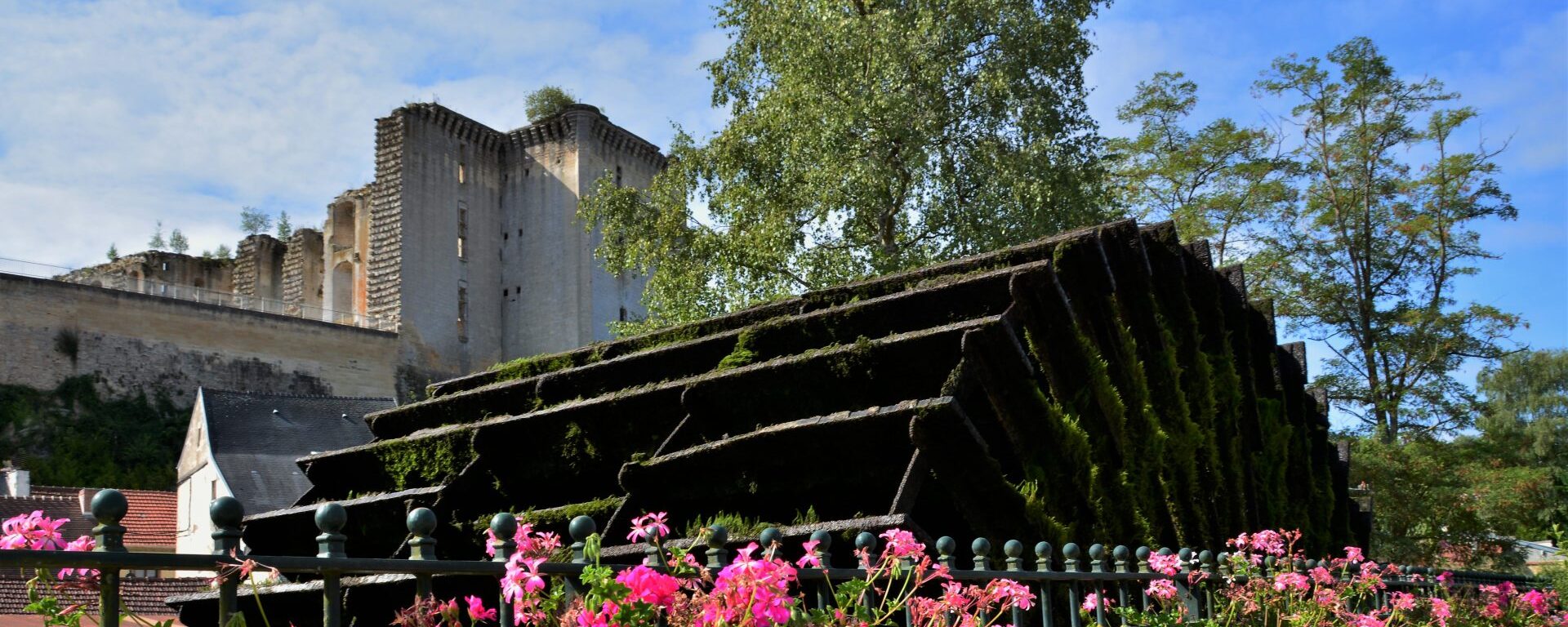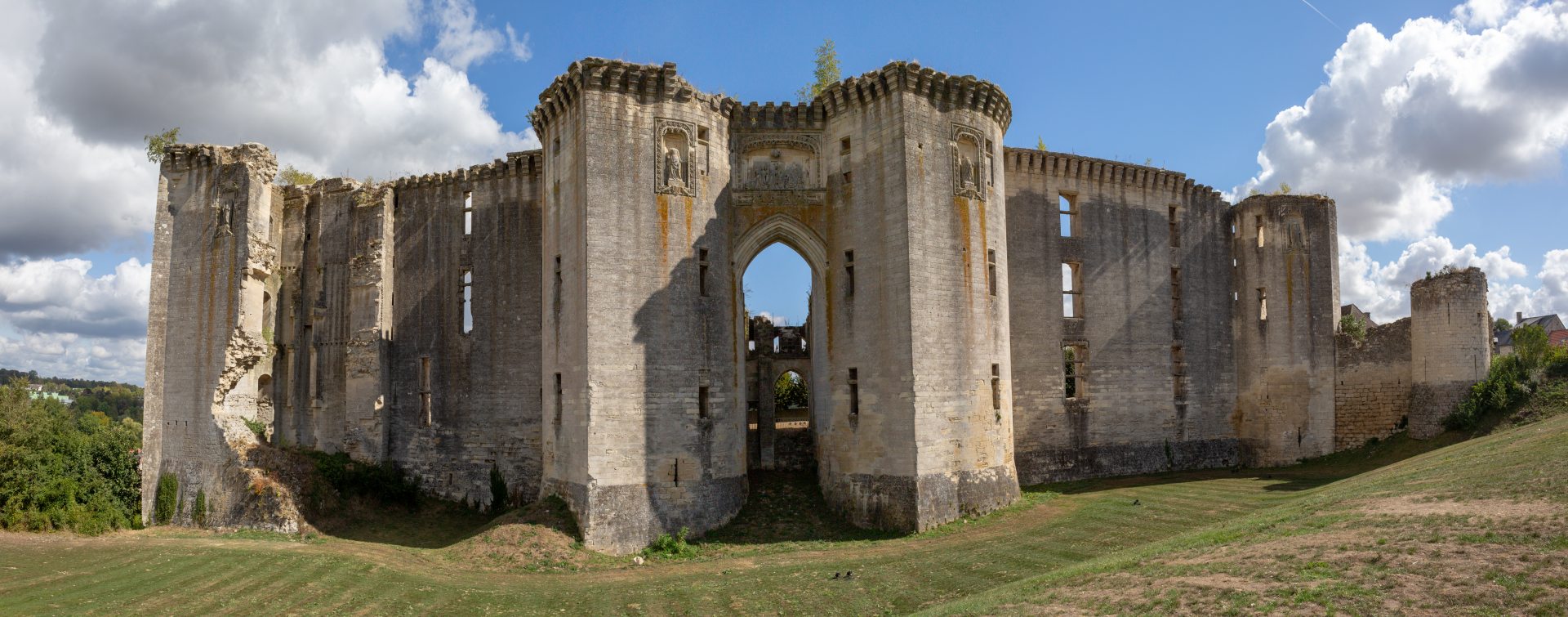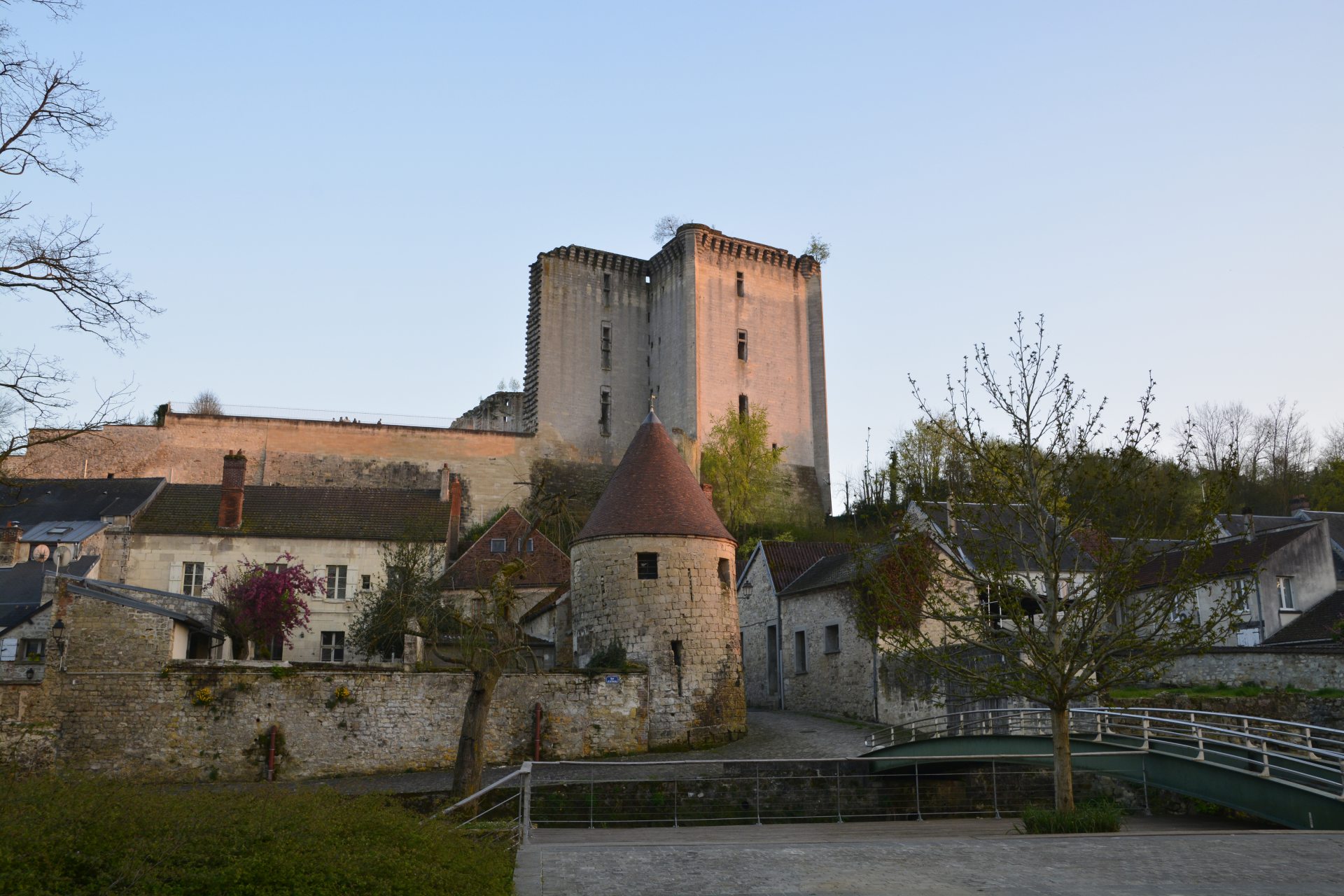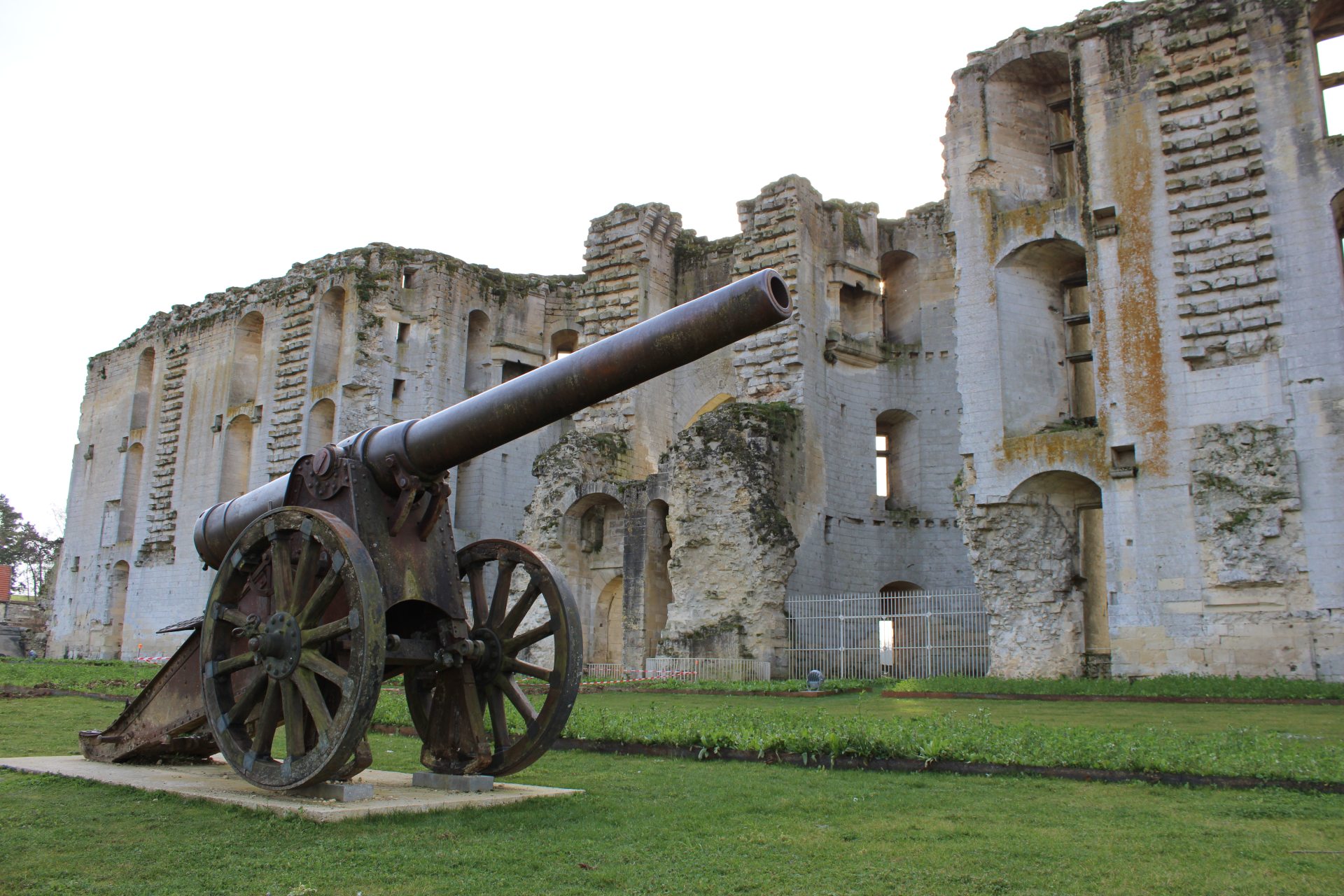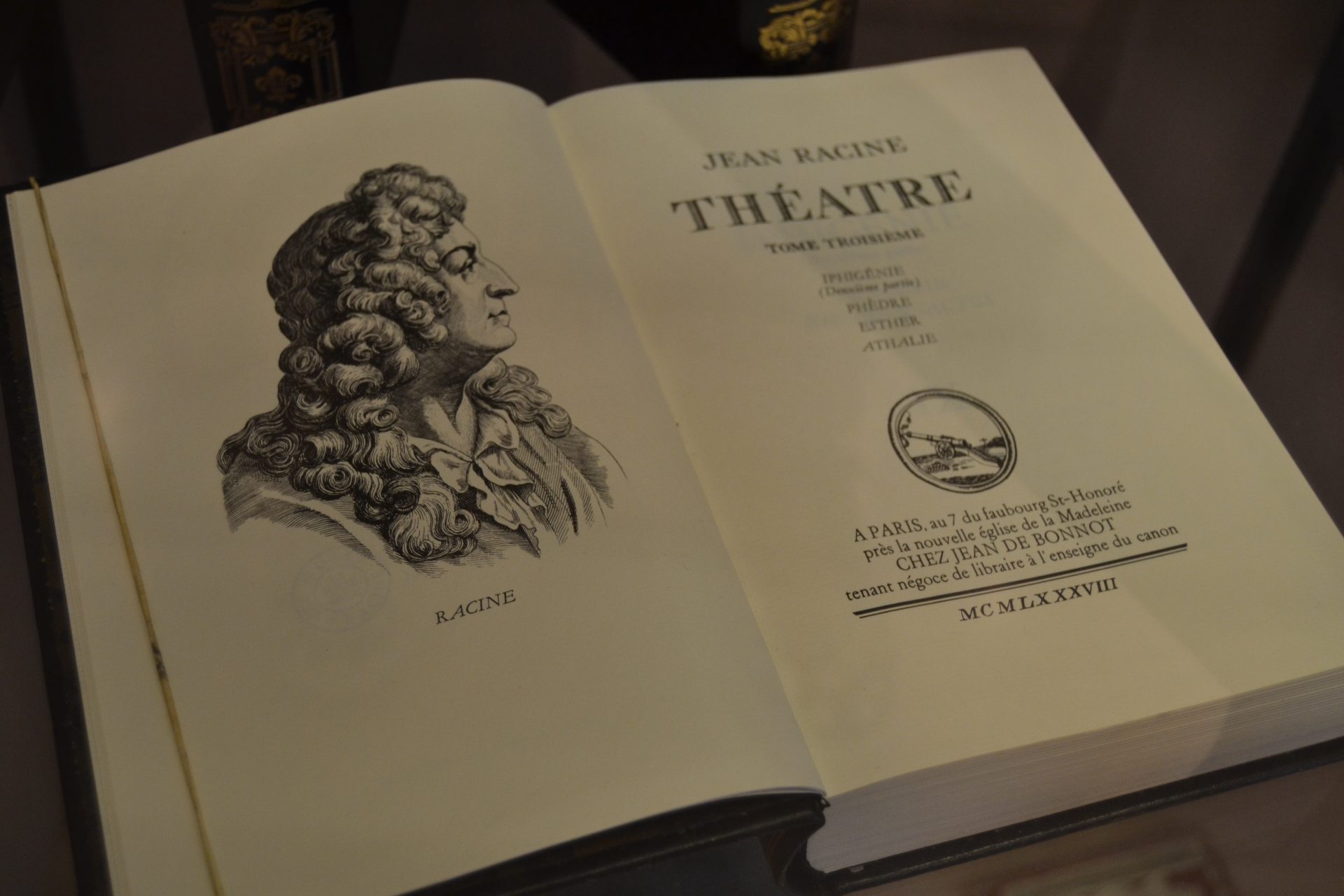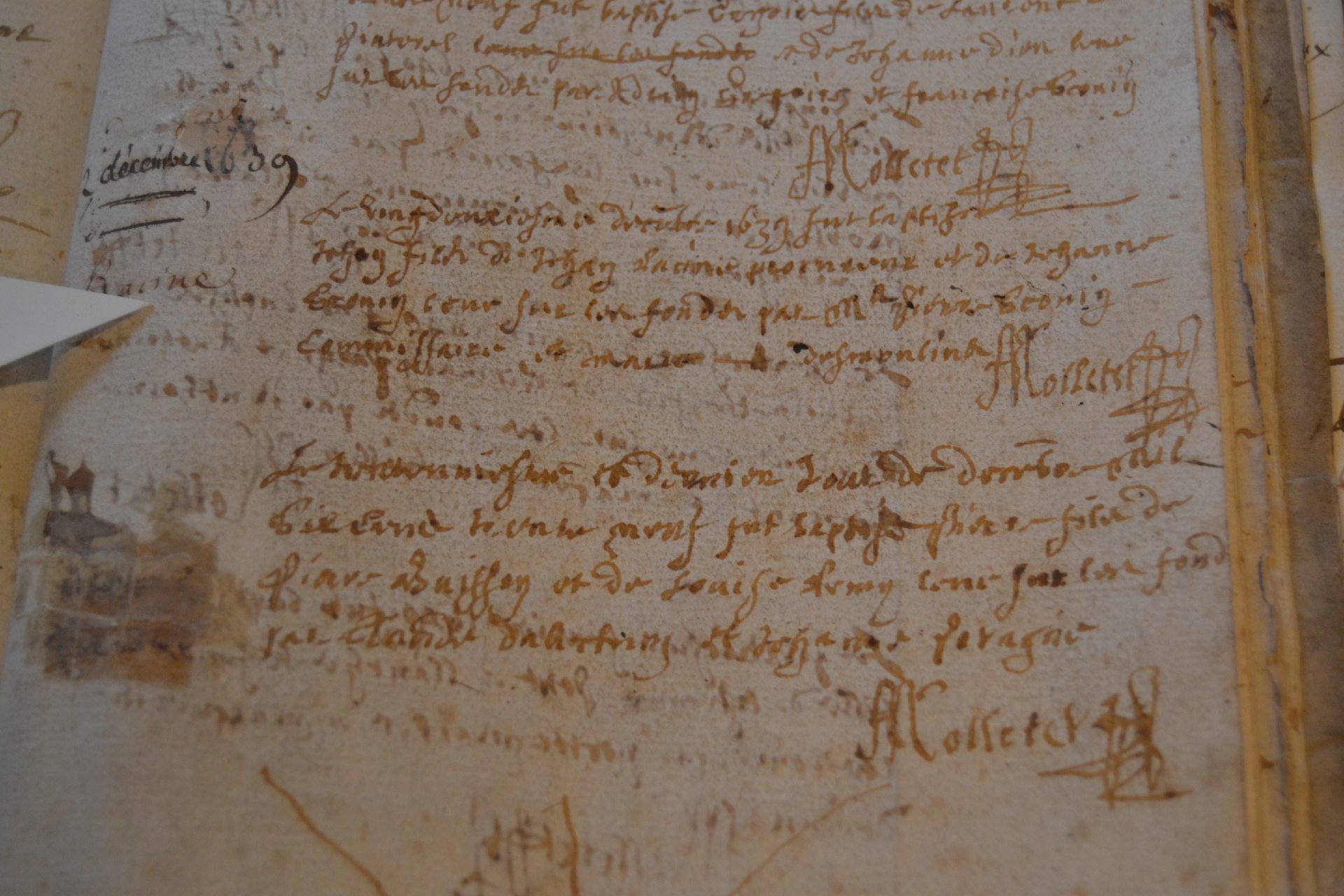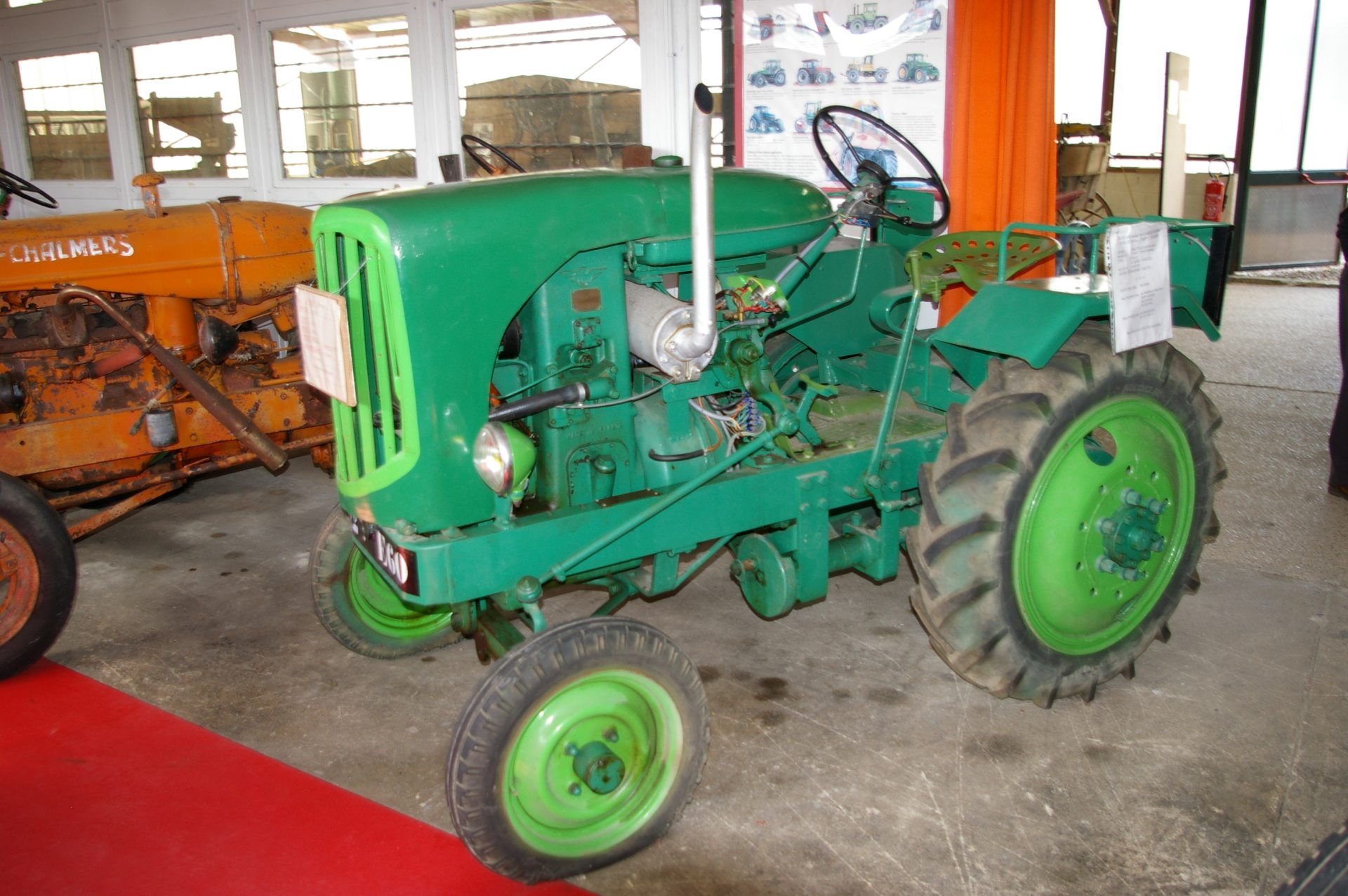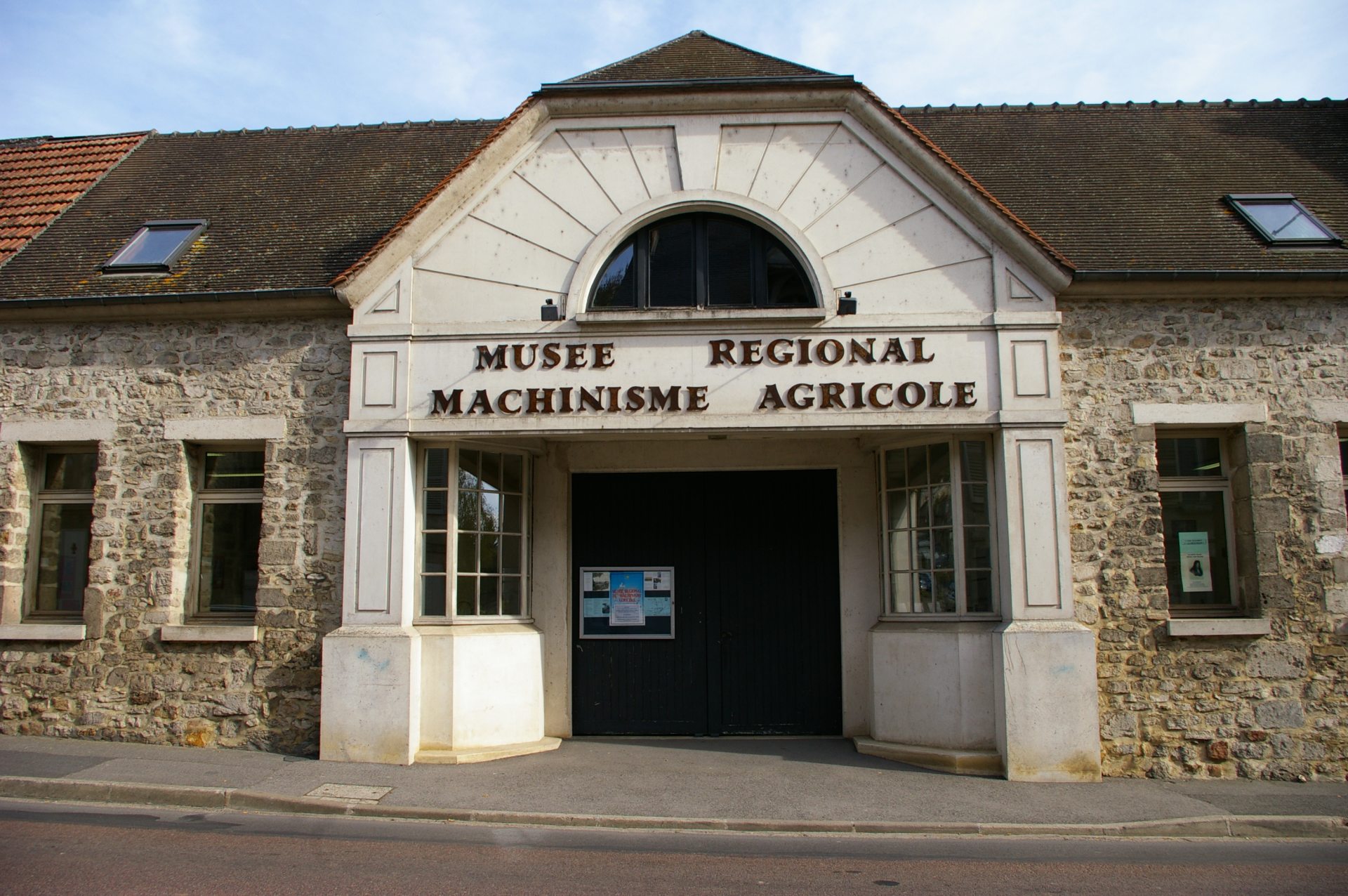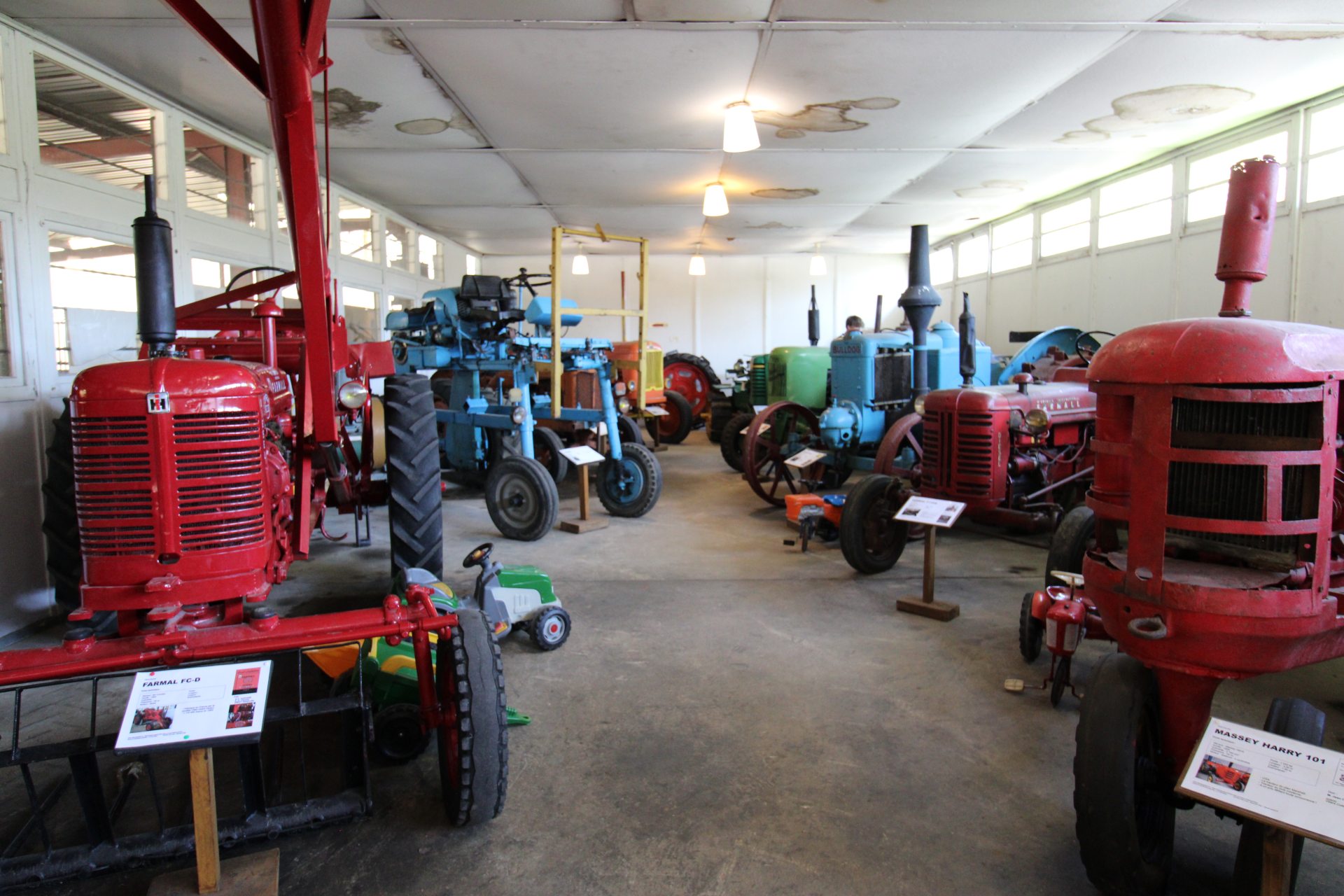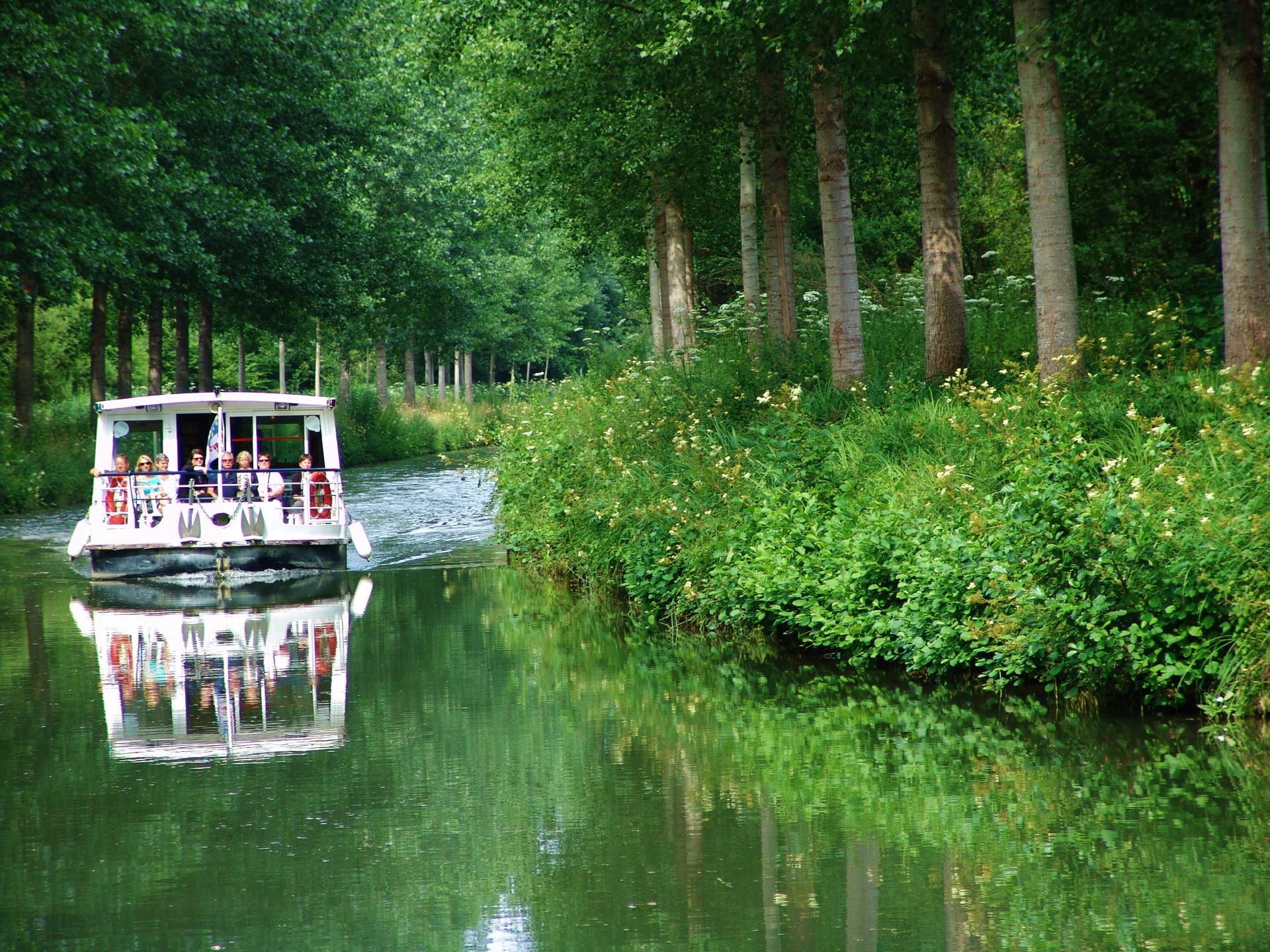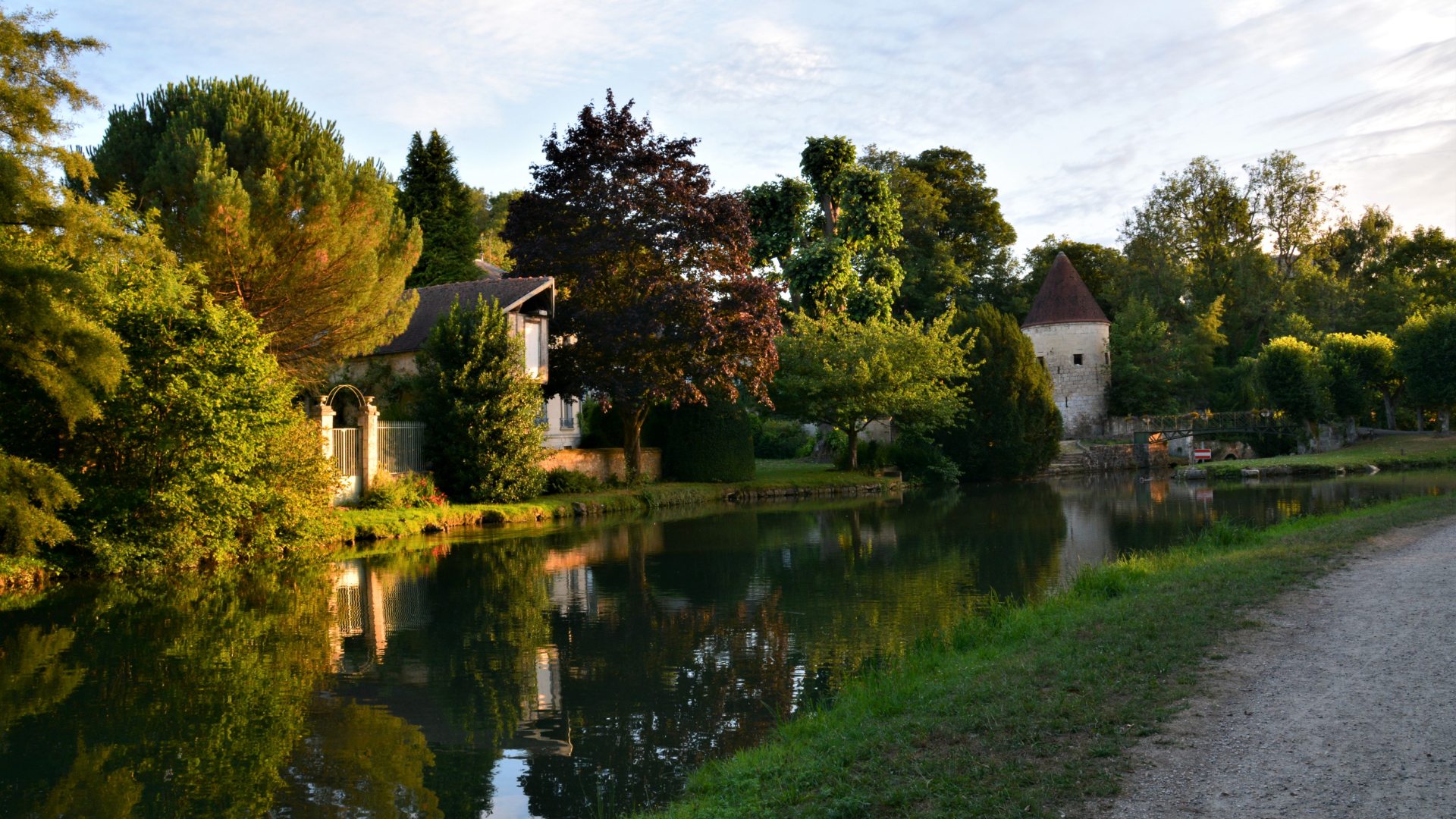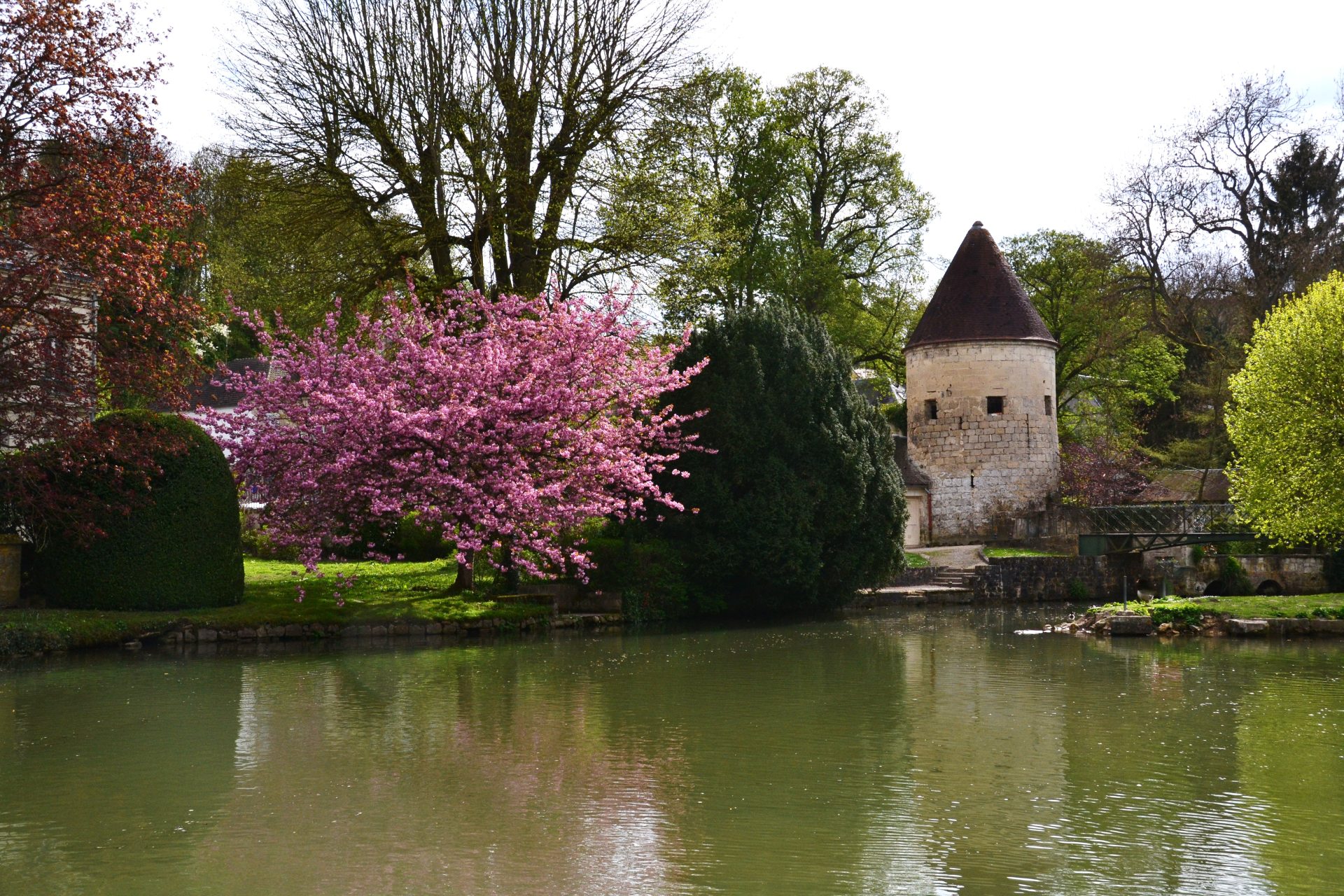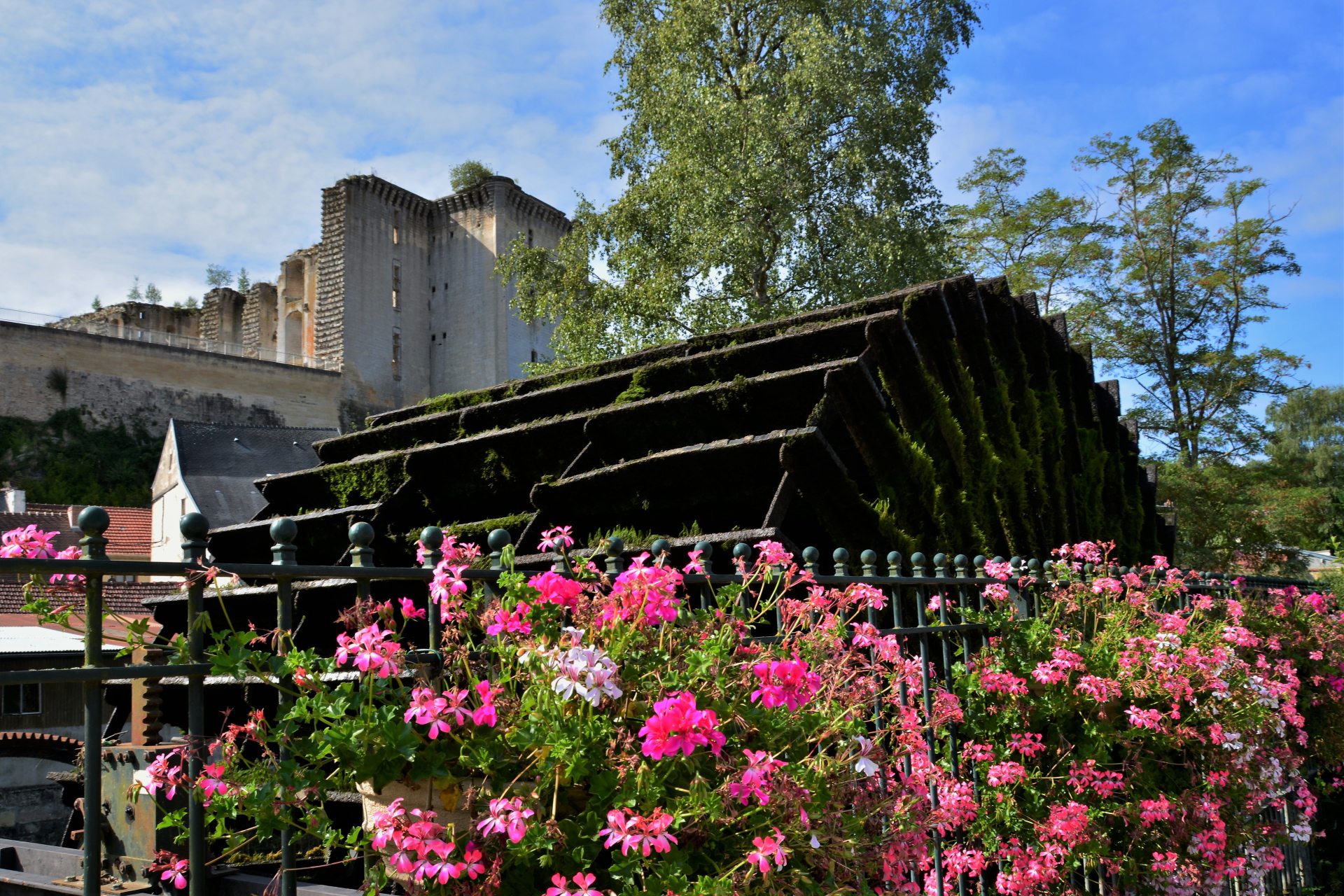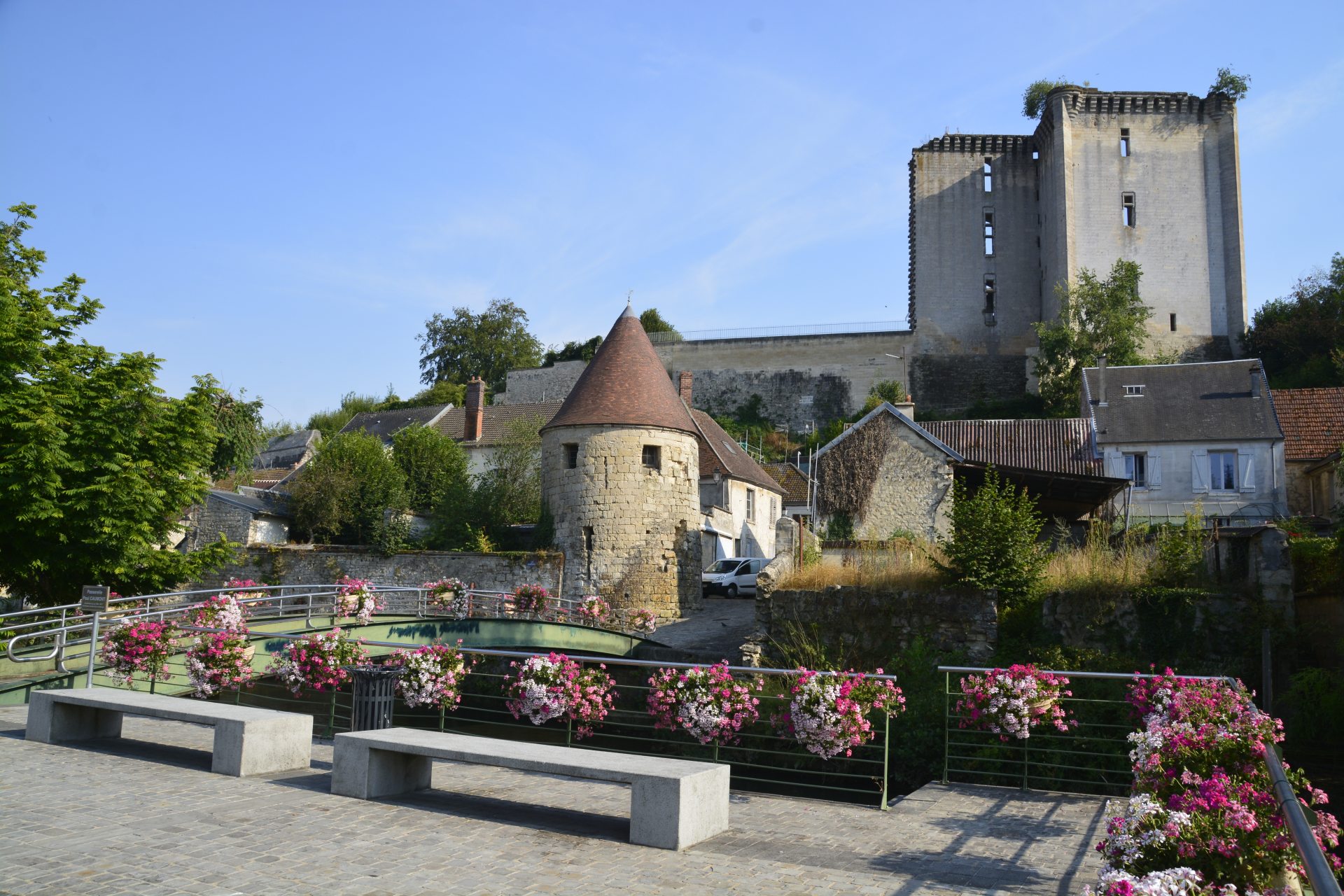A charming village in the very heart of the Vallée de l’Ourcq
La Ferté-Milon is a village of approximately 2 100 inhabitants. Settled along the Ourcq river, La Ferté-Milon has been the witness of many important events of the French History, from the Middle Age until the late 17th century.
Known for the river, its landscapes and its cultural heritage, La Ferté-Milon has been recognised as one of the most beautiful village of France in the national TV contest « Le village préféré des Français » in 2019.
The remains of the unfinished castle of Louis d’Orléans
It was Louis 1er, Duke of Orléans, who started the construction of the castle at the end of the 14th century. The monument would have been a perfect example of transition between medieval and pre-Renaissance architectures. However, the castle never got the chance to be completed due to the duke’s assassination in 1407.
During the French religious wars, King Henri IV dismantled a part of the building. Therefore, only its facade remains today. The facade itself not only pre-figures the dimensions of the entire structure but is also an incredible piece of art and architecture. A huge bas-relief representing the Virgin’s Coronation in the middle of it with three angels below, holding the coat of arms of Louis d’Orléans.
Walk around the remains of this impressive castle from where a panorama over the city and the forest awaits you. Walk around the medieval paved streets of this picturesque village: history is waiting for you at every corner: the 13th century Notre-Dame church, the fortified gates and old buildings are real witnesses of the past and are part of the local heritage.
A village : two museums
La Ferté-Milon is not only a charming village. It is also the birthplace of one of the most famous French drama writers: Jean Racine. His former house has been turned into a museum dedicated to the author. There is another, uncommon museum at La Ferté-Milon: the Musée régional du machnism agricole which is dedicated to rural life, its traditions and handicraft which are about to, or already have, disappear(ed) due to our modern way of life. The museum also houses one of the biggest collections of tractors in Europe.
Both museums are only open to vistors
From April until late October,
On weekends and bank holidays : 10:00-12:30 / 14:00-17:30
Free entrance
The Ourcq : one river, one canal
The Ourcq has its source near Fère-en-Tardenois. During the 16th century work of canalization of the river began at a spot called Port-aux-Perches. The canal supplied Paris with water, grain, and wood until late 19th century. The Ourcq canal, which is 96 kilometres long, is now home to tourist activities such as hiking on the towpath and the navigation of pleasure boats. While strolling in La Ferté-Milon, you will be able to cross the Ourcq on a metallic footbridge dating from 1868 that we owe to the famous engineer Gustave Eiffel.
Château de La Ferté-Milon
rue du Vieux Château
02460 La Ferté-Milon
Open daily, free access
Musée régional du machinisme agricole
68 bis rue de la Chaussée
02460 La Ferté-Milon
+33 (0)3 23 96 85
Musée Jean Racine
2 rue des Bouchers
02460 La Ferté-Milon
+33 (0)3 23 96 85

